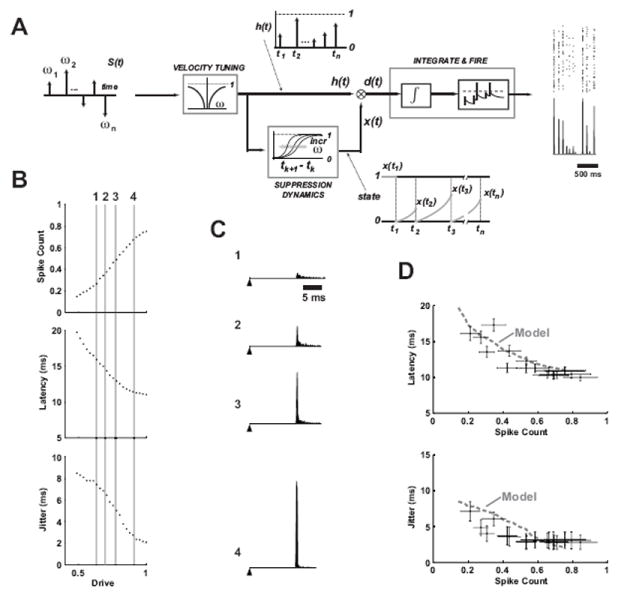Figure 3. A dynamic encoding model for prediction of SI cortical responses to deflection patterns of varying velocity and timing.

A. Transient deflections of the facial vibrissae are modeled as a series of impulses weighted by different angular velocity magnitudes and directions. The cortical activity is determined from an interaction between the Velocity Tuning properties and the history-dependent Suppression Dynamics, which serve as inputs to a standard integrate-and-fire model of neuronal firing. See the text for a more detailed description. B. The response properties of the integrate-and-fire mechanism for varying levels of input “drive”. Increasing magnitude of the input increases the spike count, decreases latency, and decreases timing jitter of the firing (for firing in a 30ms bin, n = 500 trials). C. PSTHs are shown for four different levels of drive highlighted with the vertical lines in B, and numbered 1-4 for identification (n = 1000 trials). The filled triangle represents the time of a hypothetical punctate deflection of the vibrissa, followed by the PSTH at latencies from 16 to 12 ms, with increasing spike count and decreasing jitter (1 to 4). D. Spike count is shown versus latency (top) and timing jitter (bottom) for the model (dashed gray) curve, and the experimentally observed cortical responses from Figure 1G and H.
